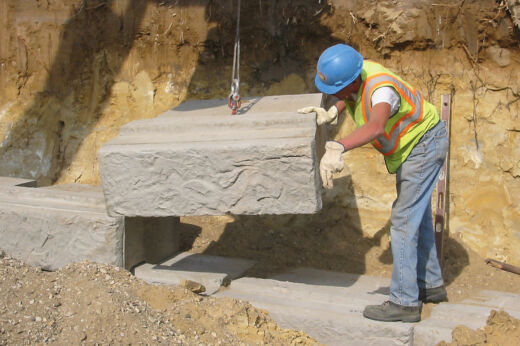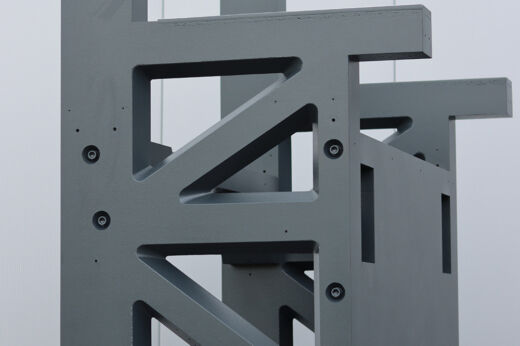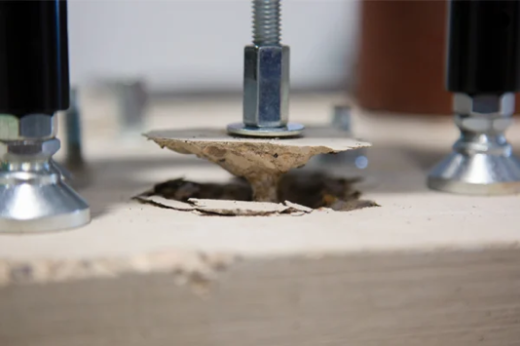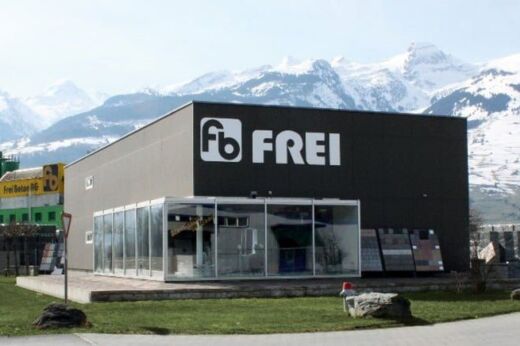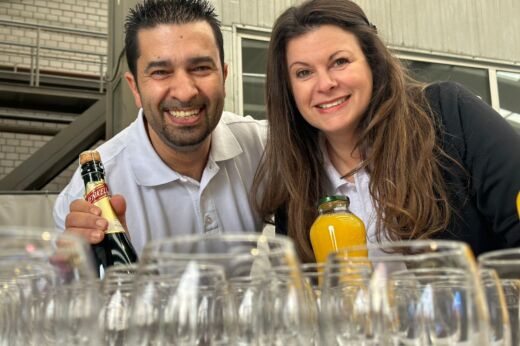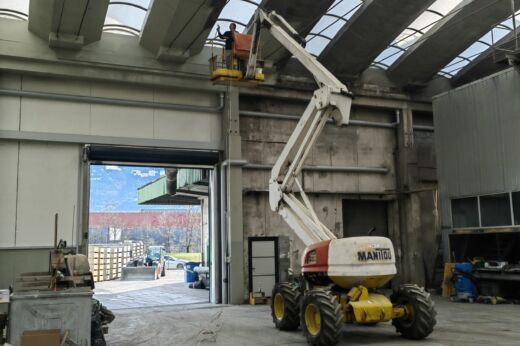In co-operation with our customers, we develop and produce top solutions made of concrete; We are open and interested in visions. Our expertise has been trusted by national and international companies since 1936;
Decking & Wall Systems
As an experienced manufacturer of high-quality concrete products, we offer sophisticated surfacing and walling systems for road, railway, hydraulic and garden construction.
Machine beds
In close cooperation with precision machine manufacturers, we develop and produce machine components made of vibration-damping mineral casting.
Test bases
Concrete processing tools are developed and certified with Frei Beton. Our test bases are of highly consistent quality and deliver reliable test results;
Expertise
be creative
plan & design

manufacture &
check
make happy
We achieve the best solution through teamwork. We at Frei Beton are convinced of this. Important: You are also part of the team. Our core competence is concrete. But we love to think outside the box. We create innovation by combining expertise from other sectors with concrete construction. With us, design planning, production and quality testing of high-precision precast concrete parts are all under one roof. Only through this proximity can we efficiently turn your vision into reality.
A long-term partnership in which we are creative, successful and happy together. That’s what we strive for!
I burn for the glow in your eyes when the customer’s wish becomes reality.

I develop customised test bases for the highest requirements.

I have drawn your attention to us.

I don’t sell stones, I sell emotions.

Creating top technology for top customers with my top team is what drives me.

I am responsible for ensuring that the mix is right!
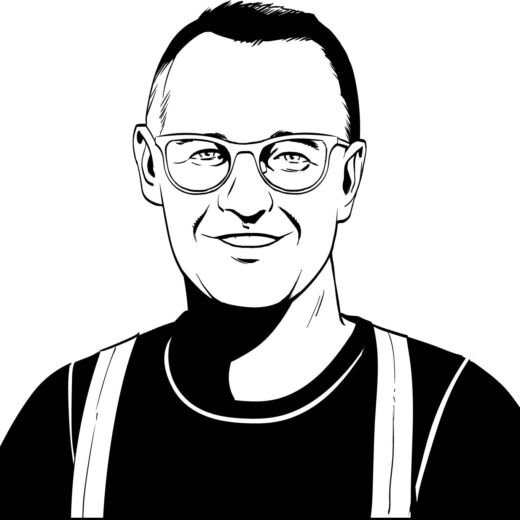
I will work with you to develop your high-performance machine made of vibration-damping mineral casting.

I’ll take care of your retaining wall.

Covering & wall systems
Long-term partnerships are the key to mutual business success.

News
The advantages of mineral cast
11. April 2024
The advantages of mineral cast Mineral casting is a particularly important material for machine beds and is often used in precision…
Can you shift natural frequencies
2. April 2024
Studies by the company Bühler Group in Uzwil show that with our mineral cast bed, the vibration eigenmodes are only excited at…
In the laboratory of Frei Beton
14. March 2024
Today we are giving you a little insight into our Frei Beton laboratory; Our laboratory technician demonstrates the abrasiveness test…
